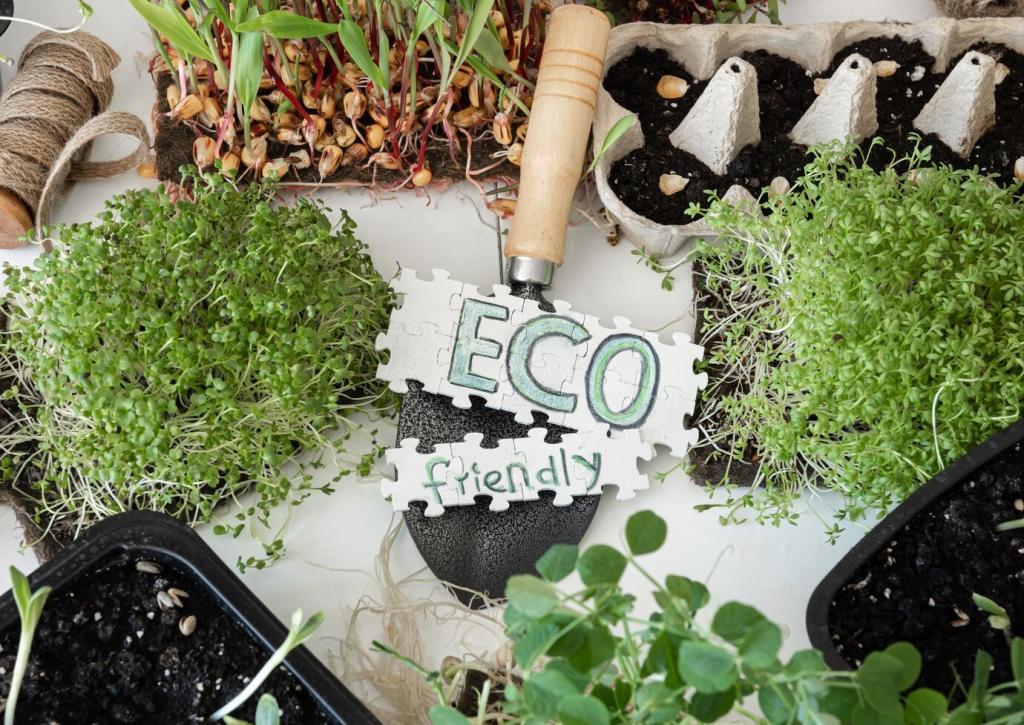Calls to Action that Feel Like Invitations
Swap generic “Learn more” for emotional outcomes: “See how your mornings can feel,” “Map a quieter winter,” or “Find your home’s easiest win.” Outcome-oriented language keeps attention on lived benefits rather than on abstract information gathering.
Calls to Action that Feel Like Invitations
Add low-friction steps that feel like progress: a two-minute draft check, a sunlight diary, or a bill-clarity worksheet. Each micro-win builds momentum and trust, signaling that your brand celebrates small steps as much as major renovations.





